The United Kingdom has a new king, King Charles III, who will be crowned this May in Westminster Abbey in a tradition dating back over 1000 years. But the King needed no Coronation to take his place as this county’s Head of State, his elevation to the throne was automatic under the laws of succession, becoming King instantly upon the death of his mother, the late Queen Elizabeth II.
These days the British line of succession is set in law, defining exactly who the new Monarch should be, but it hasn’t always been so straightforward. Over the centuries, the line has had many twists and turns. Kings and Queens have grabbed the throne by force, fighting to become the most powerful person in the land. Monarchs have been deposed, imprisoned, forced to flee the country, or even given up the throne voluntarily.
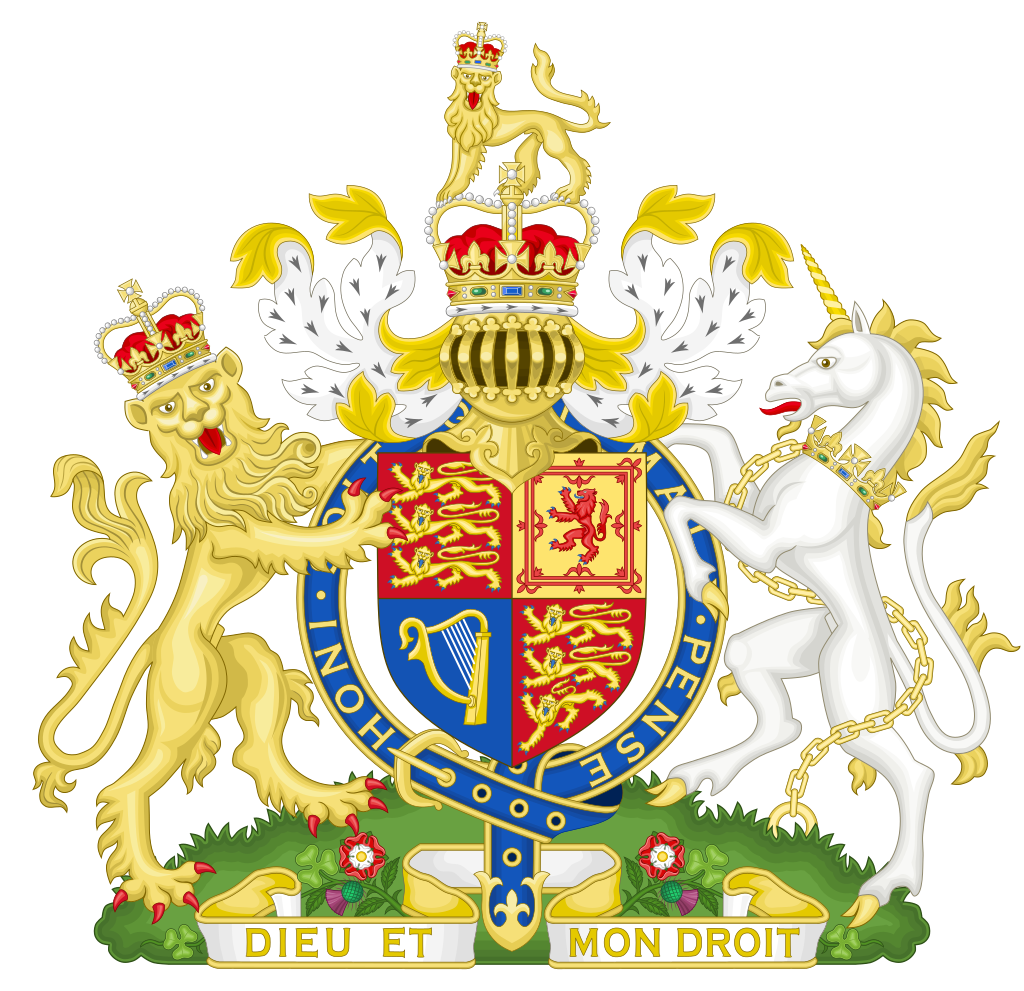 Royal Coat of Arms of the United Kingdom.
Royal Coat of Arms of the United Kingdom.
Act of Settlement (1701)
The current British line of succession was set out in an Act of Parliment in 1701. The act was designed to lay out clearly the order of precedence in the country after many centuries of turmoil which ended with a King being deposed in a bloodless coup known as the Glorious Revolution. It was enshrined in law that a new Monarch and their spouse had to be of the protestant faith.
At the time, Queen Anne was ruling, a woman who, despite giving birth to at least eighteen children, had no living heirs. The new Act overrode the claim to the throne of over 50 of her relations due to their Catholic faith and settled the crown on the descendants of Sophia, Electress of Hanover, resulting in a german prince inheriting the throne as George I in 1714.
Succession to the Crown Act 2013
A change in the law in 2013 replaced the gender bias of the 1701 act, which meant that male children always outranked any sister. Under the new act, seniority is decided by age, not by sex. This only applies to people born after 2012. The 2013 act also removed the clause that insisted the spouse of the monarch was of the protestant faith.
The first four people in the British line of succession who are over the age of 21 are eligible to act as a Counsellor of State and deputise for the Sovereign, King Charles III. In 2022 this list was extended to include the King’s youngest brother and his sister.
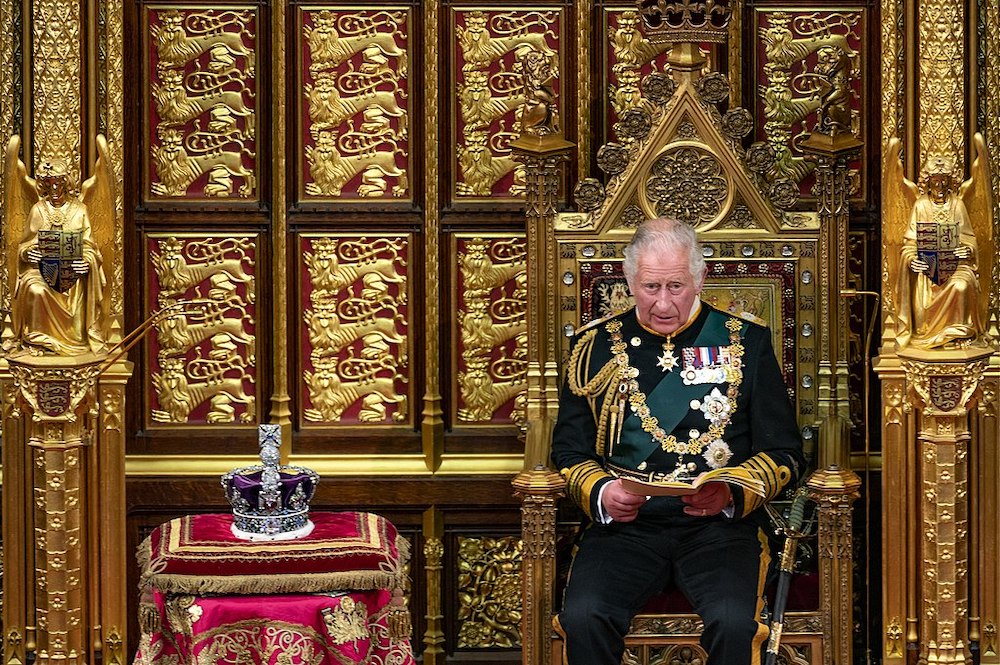 Camilla Parker Bowles, Prince Charles, and the Queen. Photo Credit: © Carfax2 via Wikimedia Commons. King Charles III at the Palace of Westminster. Photo Credit: © House of Lords 2022 / Photography by Annabel Moeller via Wikimedia Commons
Camilla Parker Bowles, Prince Charles, and the Queen. Photo Credit: © Carfax2 via Wikimedia Commons. King Charles III at the Palace of Westminster. Photo Credit: © House of Lords 2022 / Photography by Annabel Moeller via Wikimedia Commons
Current British Line of Succession
The following is a list of twenty-four members of the British Royal Family who are in the line of succession.
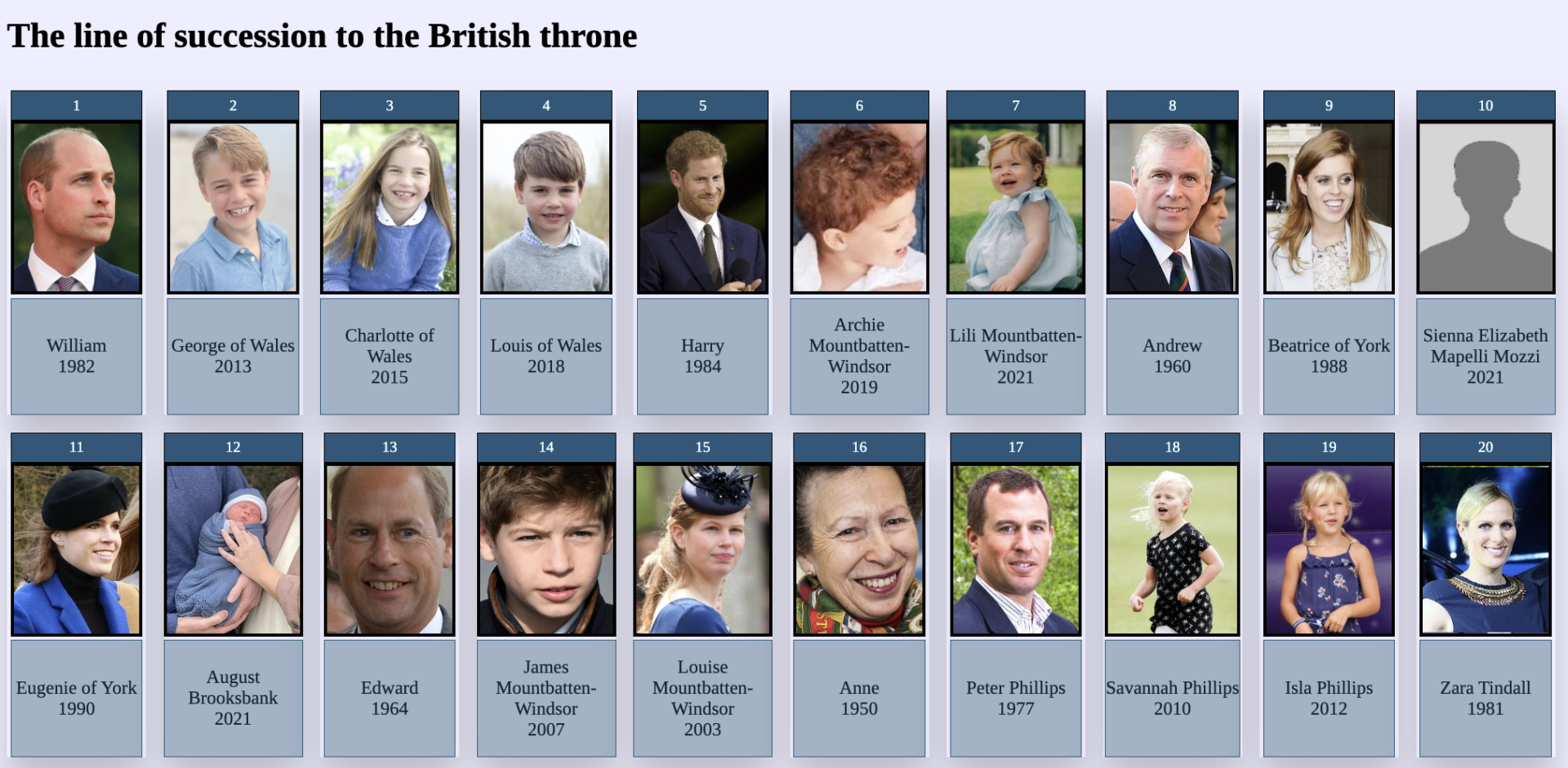 The British line of succession as of March 2023. Photo Credit: © Royal Family Tree.
The British line of succession as of March 2023. Photo Credit: © Royal Family Tree.
1. Prince William, The Prince of Wales
As the eldest child of the Monarch, Prince William is the Heir Apparent to the British throne. Barring accidents, William will be the next Monarch after Charles. No new births can deplace him. When he becomes King, his Wife, Katherine, will automatically become the new Queen Consort. William is the Senior Counsellor of State, able to deputise for his father.
2. Prince George of Wales
William’s oldest son Prince George is now second in line to the throne. He will almost certainly become King after his father. George has been in the direct line of the throne since his birth in 2013, something that has a huge influence on his upbringing and education. Should he have children, his eldest child will follow him as Monarch, regardless of their sex.
3. Princess Charlotte of Wales
Charlotte was the first to benefit from the change in the law in 2013. She retains her position in the line of succession despite the birth of a younger brother. She is the ‘spare’ to the heir and would only become monarch should her older brother not reach the throne, having had no children.
4. Prince Louis of Wales
As the youngest child of William, Louis is unlikely to become Monarch. As he grows older, he will likely be made a Royal Duke, and if his father becomes King, his children will be entitled to use the title, Prince or Princess.
5. Prince Harry, The Duke of Sussex
Harry, as the second child of King Charles III, ranks after William and his children. When born, Harry was third in line to the throne but is now down to fifth. As William’s children have children of their own, Harry will move further down the list. In the unlikely event of William renouncing the throne for himself and his heirs, Harry would become King. Prince Harry is a Counsellor of State but currently carries out no royal duties.
6. Prince Archie of Sussex
Harry’s eldest child retains his place in the line of succession. As a grandson of the current King, he is entitled to be called Prince.
7. Princess Lilibet of Sussex
Like her older brother, Lilibet retains her place in the line of succession and has the title of Princess.
8. Prince Andrew, Duke of York
Prince Andrew is the second son of the late Queen Elizabeth II. Born in 1960, under the 1701 law, he outranks his older sister. When born he was second in line to the throne and, as such, enjoyed privileges such as the right to marry in Westminster Abbey. Charles’s children and grandchildren all now outrank him. Prince Andrew is a Counsellor of State but no longer carries out royal duties.
9. Princess Beatrice, Mrs. Edoardo Mapelli Mozzi
Andrew’s eldest daughter is next. She married in 2020. She is one of the Counsellor of State who can act for the King in his absence.
10. Miss Sienna Mapelli Mozzi
The only child of Beatrice and her husband Edoardo Mapelli Mozz, Sienna was born in 2021.
11. Princess Eugenie, Mrs. Jack Brooksbank
Prince Andrew’s younger daughter is next. She married Jack Brooksbank, a businessman, in 2018.
12. Master August Brooksbank
Princess Egenie’s only child follows his mother in the line of succession. He was born in 2021.
13. Prince Edward, The Duke of Edinburgh
The youngest child of Queen Elizabeth is number 13 in the line of succession. He is still a working royal and has been created Duke of Edinburgh by his brother, the King. The title was previously held by his father, Prince Philip. Edward is a Counsellor of State under a law passed in 2022 allowing him to stand in for his brother.
14. James, Earl of Wessex
The only son of Edward and his wife, Sophie, James now holds the title that used to be used by his father, The Earl of Wessex. James outranks his older sister as he was born in 2007 before the law changed. He was the youngest grandson of Queen Elizabeth II.
15. The Lady Louise Mountbatten-Windsor
Lady Louise is the older child of Edward and Sophie. She is outranked by her younger brother. Louise is a keen carriage driver following the footsteps of her grandfather Prince Philip.
16. Princess Anne, The Princess Royal
Anne was second in line to the throne when her mother became queen in 1952. Over the years, she has been overtaken by her younger brothers and various nephews and nieces. If the current law applied to all births, she would be 8th in the line of succession. She is generally considered one of the hardest-working royals and, in 1987, was given the title Princess Royal. Anne is also a Counsellor of State. No one below her in the line of succession can stand in for the King.
17. Mr. Peter Phillips
Peter Philips was Queen Elizabeth’s eldest Grandchild, born in 1977. As the son of the Queen’s daughter, he ranks lower than the children of her sons. Peter has no title at the request of his mother, who wanted her children to have as normal a life as possible. He works in sports management. Peter Philips married Autumn Kelly in 2008. Formally a catholic, she converted to the protestant faith shortly before her marriage. Had she remained a catholic, Peter would have lost his place in the line of succession on their marriage.
18. Miss Savannah Phillips
The oldest daughter of Peter Philips and his wife Autumn Kelly and the late Queen’s first great-grandchild. She was born in 2010.
19. Miss Isla Phillips
The younger daughter of Peter Philips and Autumn Kelly. She was born in 2012.
20. Zara, Mrs. Michael Tindall
The last of the Queen’s grandchildren in the line of succession is Zara, the daughter of Princess Anne. Born in 1981, she is a great horsewoman following in the saddle of her mother and grandmother. She won a silver medal in the London 2012 Summer Olympics. In 2011 she married the Rugby player Mike Tindall.
21. Miss Mia Tindall
The oldest child of Zara, Mia was born in 2014.
22. Miss Lena Tindall
The middle child of Zara, Lena born in 2018.
24. Master Lucas Tindall
The last of the descendants of Queen Elizabeth to appear in the line of succession is the youngest child of Zara and Mike Tindall. Due to the change in the law in 2013, his sisters kept their places in the line of succession. Previously a younger son would have outranked an older sister.
The line of succession continues beyond the descendants of Queen Elizabeth. Should none of them be able to ascend to the throne, the line would pass to the descendants of the late Queen’s sister Princess Margaret. After that, it would pass to the descendants of the current King’s Great Grandfather, King George V.
If you want to learn more about the history of the British Royal Family, check out the Royal Family Tree app I created. The app takes you on a journey through time, from Alfred the Great’s reign to the present day, with over 1000 years of monarchs to discover. Since the 9th century, you can find information on every monarch of England and Scotland, including their birthplace, place of death, and burial site. The app also includes detailed lists of each monarch’s children, allowing users to see the entire royal family tree.



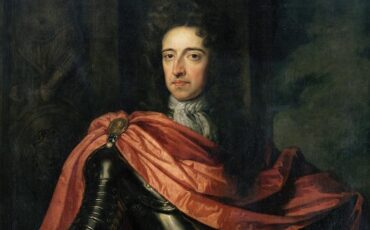
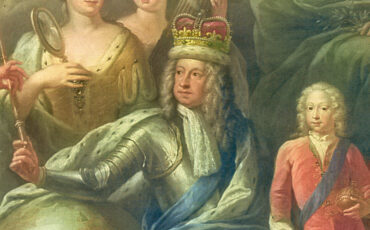


Leave a Reply